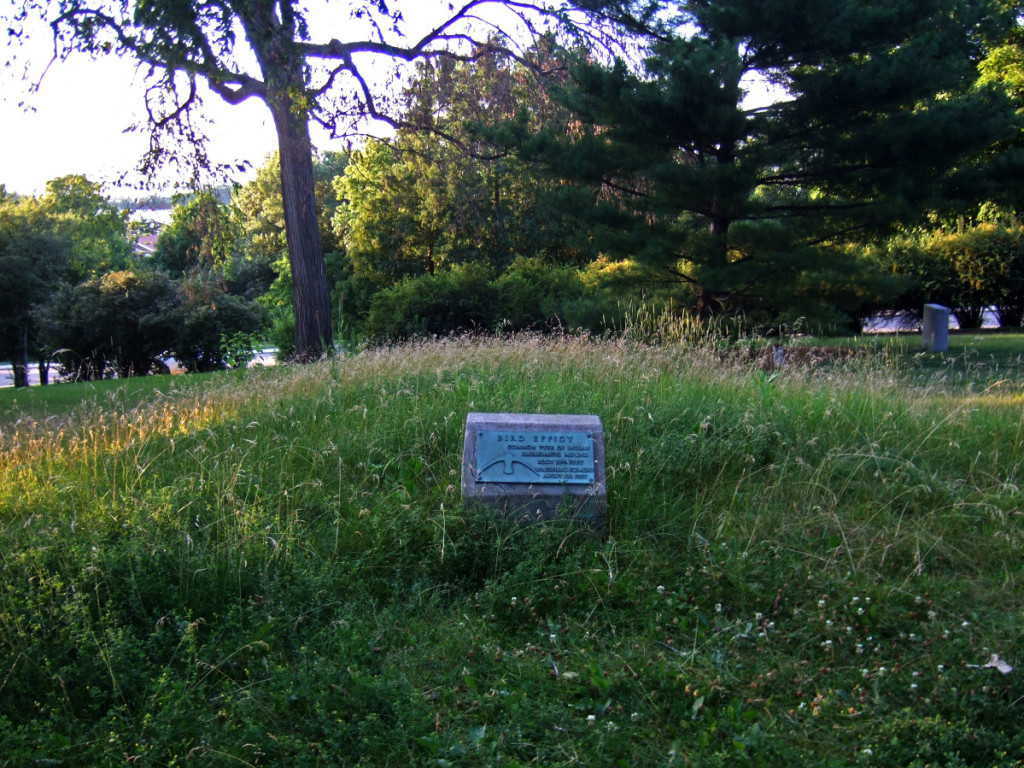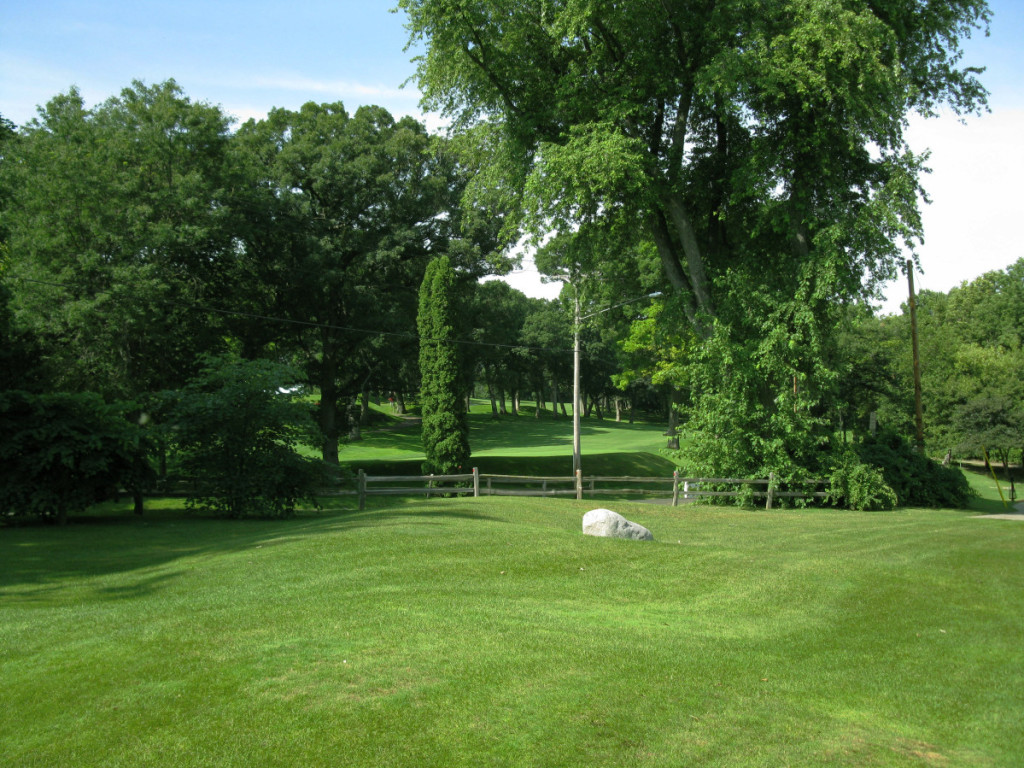Madison is a wonderful place for visiting effigy mounds. The mound groupings around Madison are classified as the Four Lakes mound system. The Four Lakes lies at the junction between mound systems, meaning that mounds of all shapes and types can be found in Madison. Upper World mounds in the shape of various birds, Lower World figures, such as snakes and water spirits, and mounds in shape of mammals that belong to a third, terrestrial category sprinkle Madison’s landscape. Because of the work of figures like Charles E. Brown and groups like the Wisconsin Archaeological Society, the Four Lakes mounds are also particularly well preserved.
All of the mounds listed below can be visited without leaving Madison. Grab the field guide section, “Reading the Mounds,” pick a location, and being exploring!
The Four Lakes Mound Region

This 1909 map shows Madison, the four large lakes that gave the region its name. It also shows several smaller lakes, including Lake Wingra, the small lake at the left.
The Four Lakes region takes its name from the large lakes that surround what is now Madison. The lakes include Mendota, Monona , Waubesa, and Kegonsa. Mendota, along with the nearby, small Lake Wingra, boasts the largest number of effigy mound groupings. Monona features the most bird effigy mounds, and lakes Waubesa and Kegonsa, which lie on southern wetlands, were home to many snake and water spirit effigy mounds.
Lake Mendota
Lake Mendota was called the 4th Lake by early Wisconsin settlers. The high slopes and hills surrounding are home to many Upper world effigy mounds, as wall as mammal-shaped mounds and older conical and linear landforms. Lake Mendota was also the site of two potential Late Woodland villages.
Governor Nelson State Park
Governor Nelson State Park is home to five conical mounds, a panther effigy, and the remains of an 18th century Native American settlement. The conical mounds likely predate the panther mound, and were once part of a larger group that included a goose and bird. At the park office you can pick up a guide map to the 422-acre park that includes the locations of the mounds.
Mendota Mental Health Institute
You can visit several large mound groups on the grounds of the Mendota Mental Health Institute. The large thunder bird with a 624 ft wingspan mentioned in the Reading the Mounds section and a water-spirit with a curved tail form the Mendota State Hospital group. Several conical mounds and bears can also be found nearby. This group once also contained a four-legged deer, and several other distinct curve-tailed mounds.
The Farewell Point mounds are also located on the grounds of the Mendota Mental Health Institute. This grouping of conical mounds predates the nearby effigies. Archaeologists also found the remains of stone-lined burial crypt when excavation was still allowed in the 19th century. Like the Mendota State Hospital group, several of the Farewell Point mounds were lost to road and hospital construction. These include a bear, a bird, and several linear and conical mounds.
Mendota Mental Health Institute is a functioning health facility. Therefore, permission to visit the mound sites is needed beforehand.
University of Wisconsin Campus
The University of Wisconsin campus is home to several spectacular mound groups, all of which can be visited simply by making a trip to campus. Though some of the mounds that once existed on university land have been destroyed, today the university is committed to the preservation of its mounds. The Wisconsin Historical Society, located across the street from Memorial Union, has also long been a supporter of mounds research. The research of Charles E. Brown, who served as the Society’s museum director from 1908 until 1944, is archived here.
Observatory Hill is home to two effigy mounds, including the the two-tailed water spirit discussed on the Reading the Mounds page. The tails of this mound were damaged during the construction of sidewalks on the hill. An additional water spirit and linear mound once sat at the bottom of the hill, but these were destroyed by farming.
The Willow Creek mounds are located behind the University of Wisconsin Natatorium. The mounds found here are partial reconstructions of previously damaged forms. One mound appears to have been in the shape of a water panther. Brown restored the goose mound himself, however, it once flew in the opposite direction! Researchers have not identified the remaining mound.
Picnic Point contains the oldest mound grouping on campus, and perhaps in the entire Four Lakes region. Here you can find two linear mounds located about halfway up the point, and a conical mound a bit further down the path. The Picnic Point grouping once also contained a panther and an additional linear mound, but farming destroyed these forms. Brown restored the mounds found at Picnic Point today in 1939.
Blackhawk Country Club
The grounds of Blackhawk Country Club contain many mounds that serve an examples of the principles of mound alignment. Several conical mounds sit atop a hill, while linear mound was built running down a slope. Today, the club grounds contain a goose mound and several bear mound, though once a water spirit existed atop the land near the lakeshore. While the bear mounds can be viewed by visiting a turnoff on Lake Mendota Drive, if you wish to visit the other mounds you should check in at the clubhouse.
Lake Wingra
Lake Wingra is not one of the four lakes that gives the region its name. It is, however, the site of heavy mound activity. The spring-fed lake was once surrounded by many impressive mound groupings. The mounds preserved at Forest Hill Cemetery and the University of Wisconsin Arboretum ensure the legacy of the mound builders is visible today.
Forest Hill Cemetery
The mounds at Forest Hill Cemetery are described in great detail on the Reading the Mounds page. It is worth noting that, in addition to the several mounds explored within this website, Charles E. Brown’s grave is also in Forest Hill Cemetery. His grave is located in section 30.
The University of Wisconsin Arboretum
The University of Wisconsin arboretum is home to several mound groupings which include a goose, a water spirit, and multiple linear and conical mounds. The park’s 1260 acres of restored wetlands, forest, and oak savannah make it the perfect place not only to view mounds, but also to experience landscapes similar to those seen by the Late Woodlands people. The vistor’s center provides a walking guide that helps make a trip to arboretum the perfect mound excursion.
Resources
Robert A. Birmingham, Spirits of Earth – The Effigy Mound Landscape of Madison and the Four Lakes. Madison, WI: University of Wisconsin Press, 2010.
Robert A. Birmingham and Leslie E. Eisenberg. Indian Mounds of Wisconsin. Madison, WI: University of Wisconsin Press, 2000.
George Christiansen III, “Burial Mound and Earthwork Research Project,” 1998, Office of the State Archaeologist, State Historical Society of Wisconsin.
Mallam, R. Clark, The Iowa Effigy Mound Manifestation: An Interpretive Model. Report no. 9. Iowa City: University of Iowa, Office of the State Archaeologist, 1979.
Back to Top | Effigy Mounds Main Page | History of the Mounds | Reading the Mounds




